Best Equipment for Physical Therapy Facilities in 2023
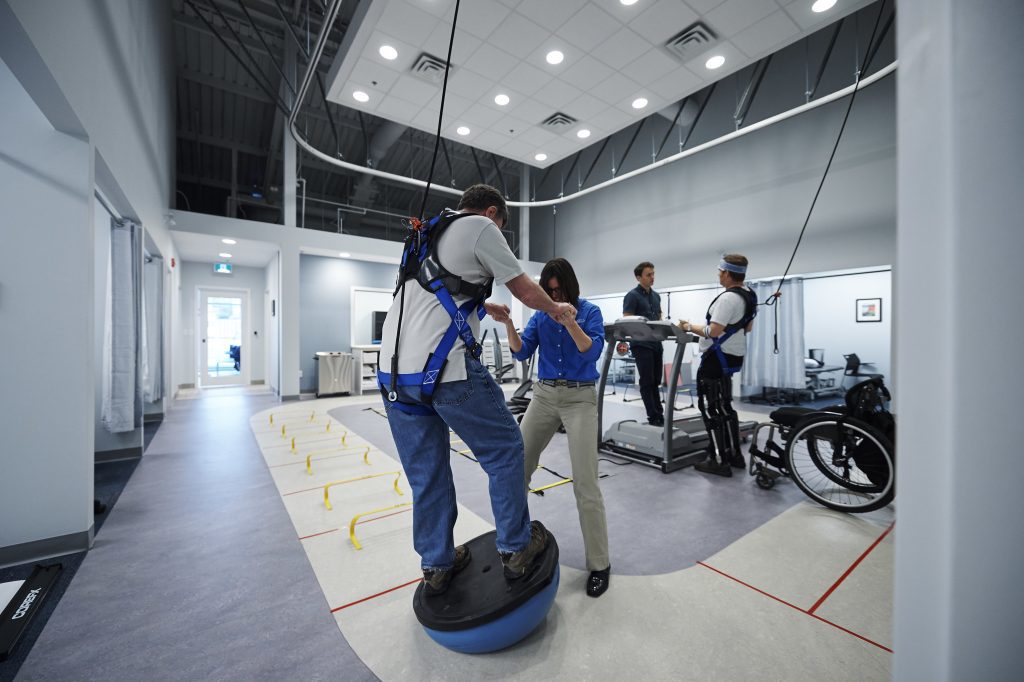
It can be difficult and time-consuming to choose the right physical therapy equipment, especially when the possibilities are endless. In this post, we’ve compiled a list of the most popular physical therapy tools to assist you in finding the equipment that best suits your patient’s needs. While some may be created with a particular objective in mind, many are adaptable and can be utilized for various purposes.
Mat Platform Therapy Tables
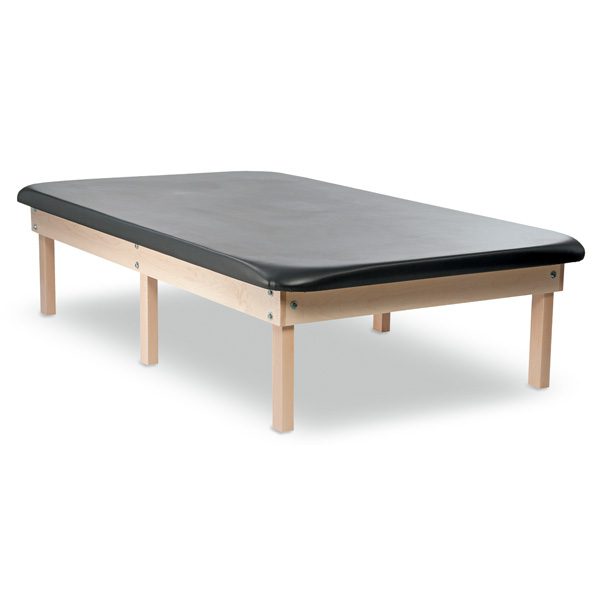
A mat table is a sizable, robust rehabilitation table that physical therapists use. For the comfort and support of the patients, these tables are typically constructed of wood or steel and topped with a thick foam mat covered in fabric or vinyl. Mat tables, also known as mat platforms and physical therapy tables, are lower than conventional treatment tables to make it easier for patients to get out of wheelchairs and to allow full therapist access.
Mat tables give practitioners the room they need to execute manipulations, lessen the strain and bending required of those administering care, and avoid the danger of harm associated with moving patients to and from the floor.
Stretches that increase your range of motion are some of the best exercises you can perform. A mat table is a useful addition to any therapeutic setting because it provides enough room and convenient access for essential bodywork including stretching, range-of-motion exercises, deep tissue massage, myofascial release, and joint manipulation.
Treadmills
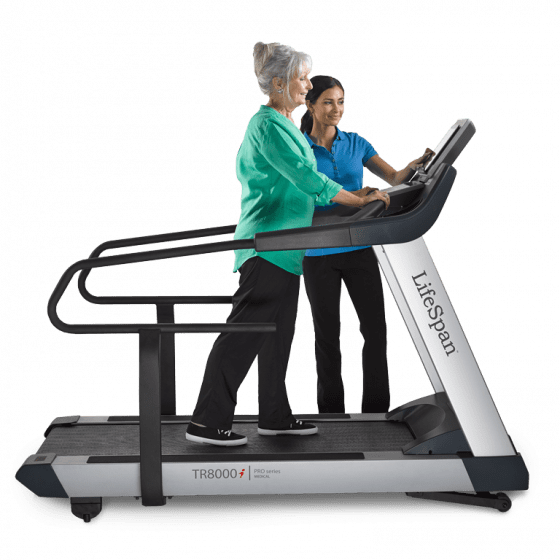
Research has shown that walking on a treadmill has the potential to improve your patient’s gait, or walking style. To help a patient learn to walk or to address their current gait issues, body weight support treadmill training is a common technique used in physical therapy.
Treadmill training can be used to increase walking speed and distance by giving patients intensive practice (in the form of high repetitions) of complex gait cycles. The benefit of treadmill training over outdoor walking training may be that higher walking speeds and more gait cycles can be achieved. Therefore, treadmill training may be useful for enhancing walking characteristics like gait speed and walking distance.
Recumbent Bikes
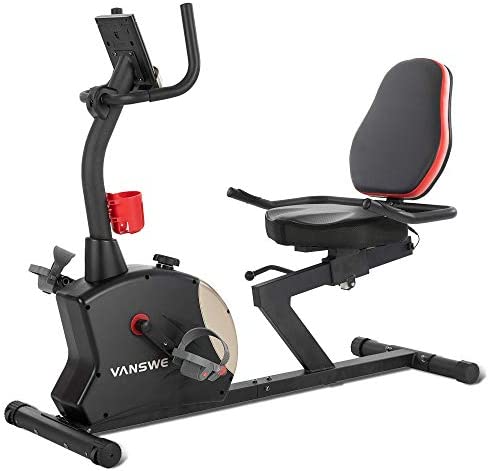
A recumbent bike is a stationary bicycle that has a bucket seat. The pedals are more forward-centered on the machine and are not directly over the seat. This makes it simpler to operate the bike, and reduces stress on your knees, back, and hips while also building stronger muscles.
Recumbent bikes are excellent pieces of gym equipment for physical therapy and rehabilitation. They are simple to use and put little stress on achy or damaged joints, tendons, and ligaments thanks to their design and intent. Additionally, they enable you to build muscle during and after recovery.
If you struggle with balance, a recumbent bike is frequently suggested over an upright bike. Patients who are recovering from a stroke can exercise their cardiovascular system without worrying about falling off the bike. A recumbent bike is a good alternative because you are seated and can be belted in for additional security.
Pulleys
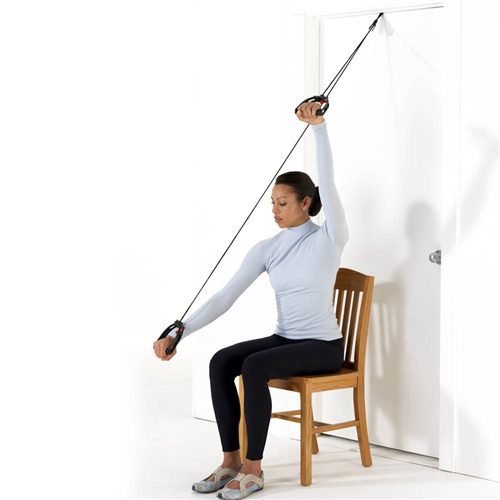
Pulleys are intended to help patients undergoing shoulder rehabilitation regain and maintain their range of motion in the upper body. Pulleys can be used to stretch your shoulder in a variety of directions, enhancing its mobility and ultimately its functionality.
Parallel Bars
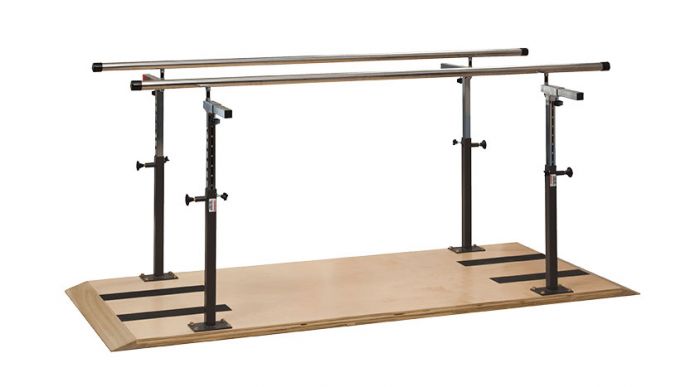
People can rebuild their strength, balance, range of motion, and independence with the aid of parallel bars. Parallel bars are essential pieces of physical therapy, rehabilitation, and exercise equipment for those recovering from accidents, illnesses, and other debilitating disorders.
Anyone who is working on gait training can benefit from the use of parallel bars. Specific conditions that may use the support of parallel bars may include:
- Stroke
- Multiple sclerosis
- Parkinson’s disease
- Lower extremity fracture
- Spinal cord injury
- After knee or hip surgery
- Severe muscle weakness
Mobilization Belts
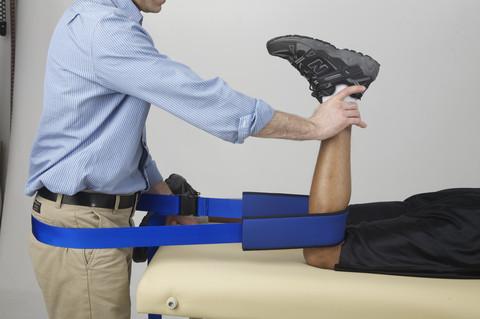
Mobilization belts are an essential tool for effectively performing Functional Mobilizations. They are used both to apply mobilization pressure and/or stabilize the body around the structure being mobilized to improve the effectiveness of joint and soft tissue mobilizations.
As manual therapists, the location of a hypomobility is a crucial determinant of an intervention’s efficacy.
Assistive Devices
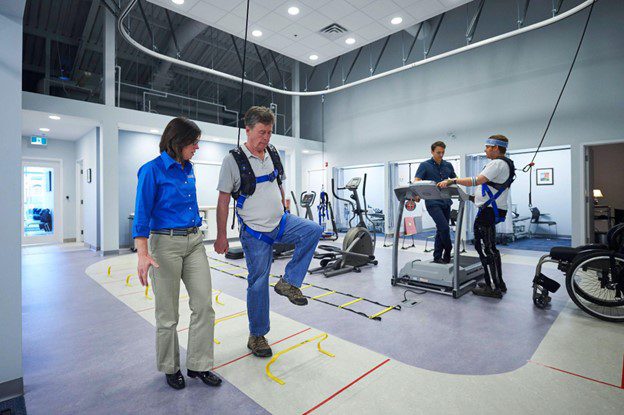
Assistive technology, which includes assistive, adaptive, and rehabilitative technologies for persons with impairments, encourages increased independence by allowing people to carry out tasks that they would otherwise be unable to complete or find extremely difficult.
Solo-Step offers an overhead track and harness system, which prevents your patients from falling and hitting the floor. It is an aluminum track, connected to a lanyard and harness, that can hold up to 500 lbs. The Solo-Step overhead track and harness system will allow you to:
- Eliminate the fear of falling
- Increase patient confidence
- Provide a safe environment for balance, strength, and gait training
- Reduce injury or strain for therapists
- Increase productivity with a 1:1 patient-to-therapist treatment ratio
- Combine with your existing equipment for safe therapy treatment
Providing your patients the best possible equipment will set your facility apart from your competition. For a full list of equipment for your facility, click here. This list can be used as a starting point to help you analyze your needs as you venture into your new practice!
Click the button below to request pricing on the Solo-Step safety overhead system!